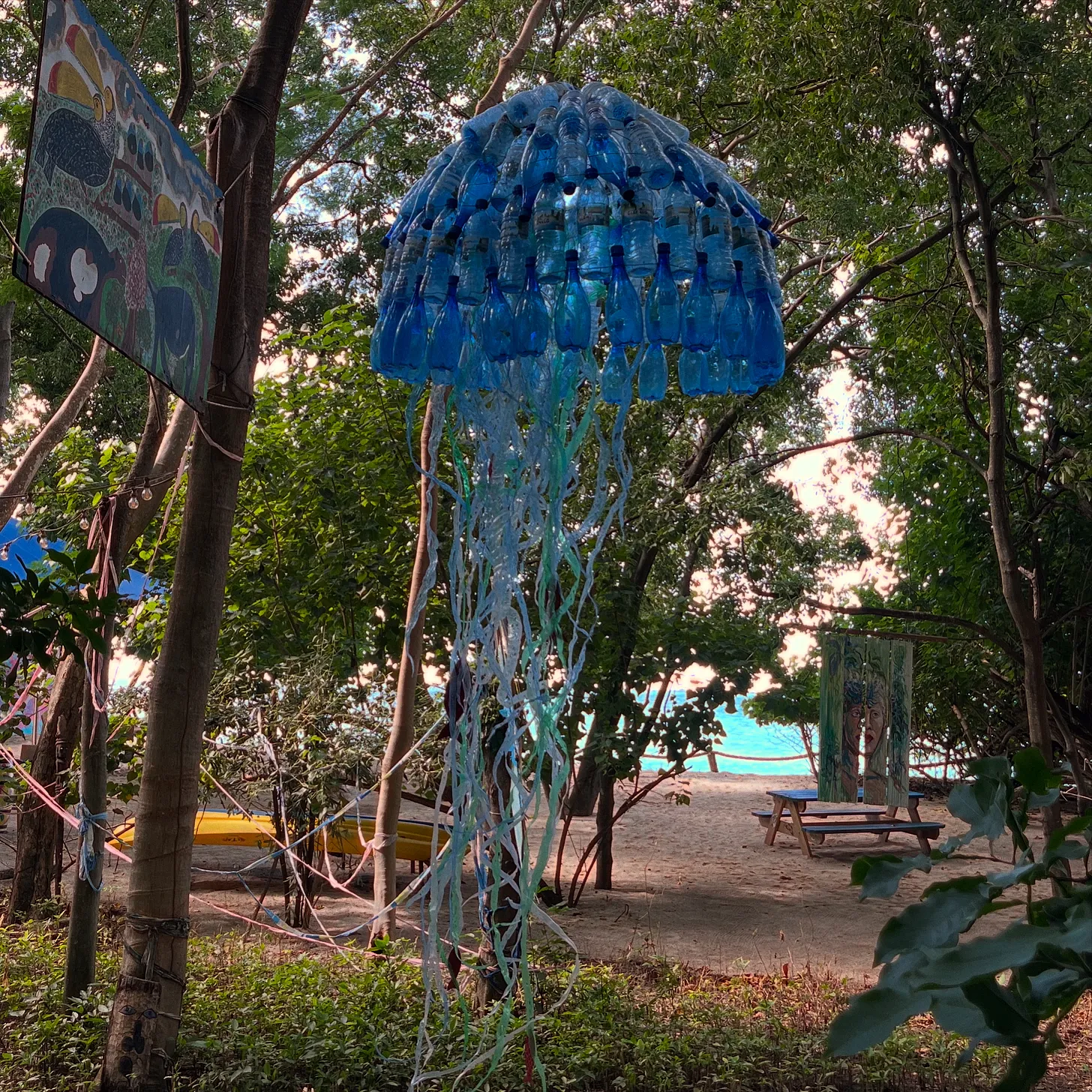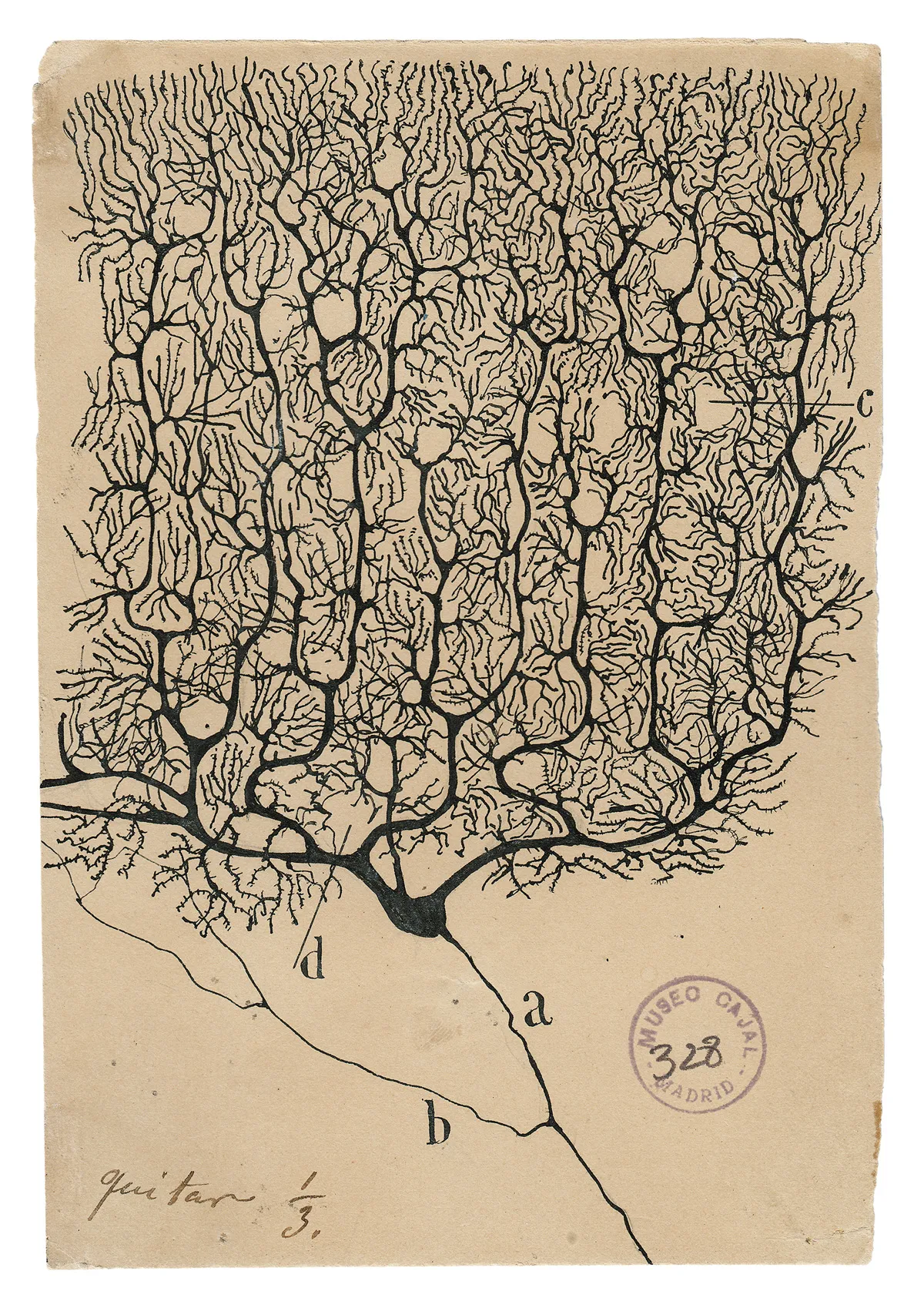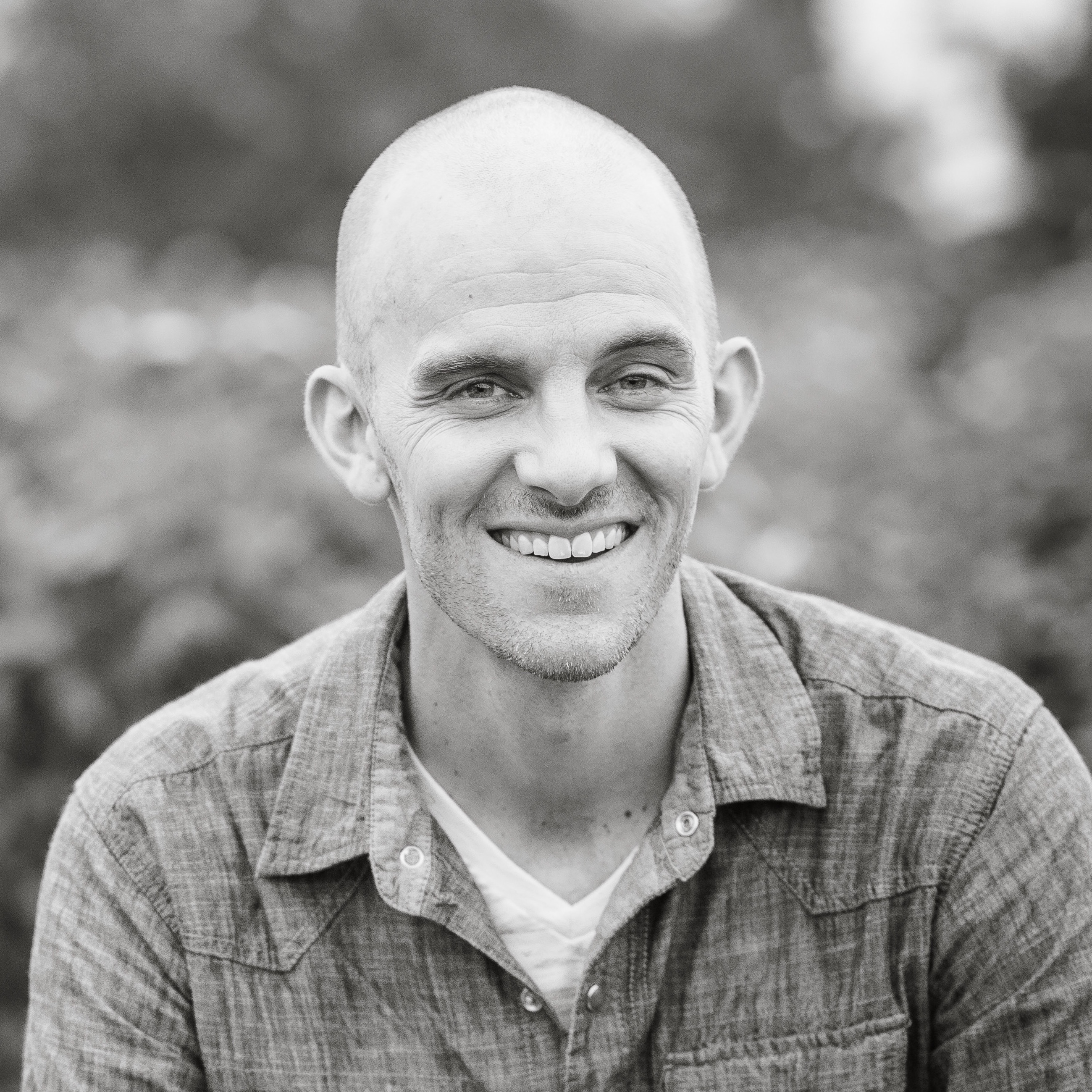At the very beginning of 2025, I wrote a newsletter about letting go to welcome in. The Spanish put this idea into action beautifully during Las Fallas de Valencia. Artists create beautiful monuments called fallas in the main plaza of the city that serve as a commentary on current social issues. Then, on the final day of the festival, they set the fallas ablaze in an event called La Cremà (see pictures here)—a symbolic cleansing and renewal of society. I like the idea of letting something go to create space for something new.
Las Fallas will be in full swing soon. The festival takes place each year from the 1st to 19th of March in Valencia, Spain. You can check out this year’s festival map and explore the festival website to learn more about what makes this such a special event (also refer to Rosetta Stone’s guide and this article from Move to Traveling). The following video gives a good idea of the esthetic and emotion involved with Las Fallas.
We tend to welcome in the new year with so much hope for the future. As winter wears on in the colder parts of the world—and as administrations change—that hope can quickly diminish. February, after all, is the worst month of the year. It would seem to make sense, then, that Las Fallas takes place in the spring—a season of rebirth and renewal. Maybe there are some things that we’d all like to see burn and go away right about now.
In Grenada, recycling plastics is difficult. But there’s a group here that’s working hard to change that—they’ve organized a plastics drop-off that happens once a month. We save any plastic recyclables we accumulate throughout the month and when the next drop-off date arrives, we load them up and make the trip. The Monkey Bar also helps alleviate the plastics issue—they repurpose plastic bottles in many of their art installations (see the jellyfish featured above).
Instead of burning away the bad to make space for the good, I wonder if we might just remember the good we’ve forgotten—recycle it and bring it back. Can we recycle our hope once we’ve lost it?
Last Sunday, Angie and I hiked out to Hog Island. Right now, it’s the dry season in Grenada and our trek felt strangely similar to what we’d experience on a very nice autumn’s day in Wisconsin. The leaves are changing colors, ever so slightly—light yellows and browns—and some are even falling off their trees. The temperature has calmed down a bit and the sun hits you at just the right angle so as to create the golden, breezy feel of fall.
Trees were all around us and I was thinking about hope. Sarah Vos, of the Dead Horses, has a song called “Swinger in the Trees” (see full lyrics), that is based, in part, on a Robert Frost poem called “Birches” (see reference). The song ends like this:
All these strangers
Passing by me
But we choose not to see,
Yeah we choose not to see (I wanna be)
Oh, we choose not to seeThere is always hope,
There is always hope.
There is always hope (I wanna be)
A swinger in the trees
There is always hope, folks. Choose to see it. Recycle it and reuse it. And, watch Sarah Vos sing about it here:



